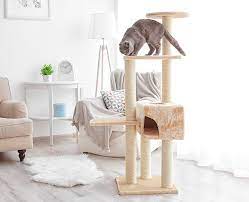Creating a healthy home environment for your cat is vital for their overall health and happiness. From diet and exercise to mental stimulation and environmental enrichment, each aspect plays a crucial role. Cats are not just pets; they are family members who deserve the best care. By focusing on these key areas, you can ensure your cat thrives in their home.
The Importance of a Balanced Diet
Nutritional Needs of Cats Health
Creating a healthy home environment for your cat starts with understanding their dietary needs. Cats are obligate carnivores, meaning their diet must consist primarily of meat. Unlike dogs or humans, cats have specific nutritional requirements that can only be met through a high-protein diet.
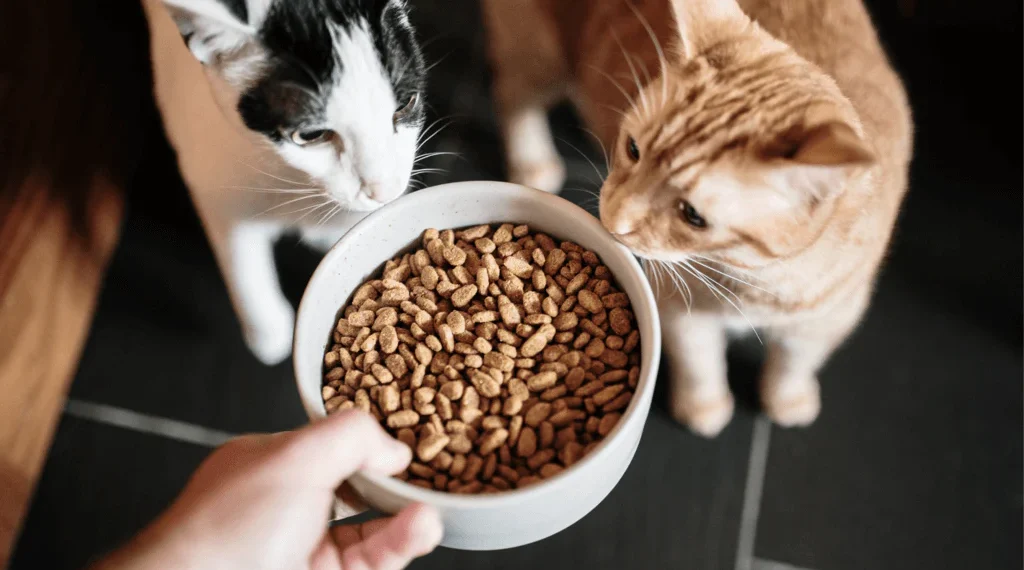
Choosing the Right Food of cat health
When selecting cat food, look for options that list meat as the first ingredient. Avoid products with excessive fillers like corn and wheat. Wet food is often recommended as it provides more moisture, which is crucial for urinary health. However, high-quality dry food can also be part of a balanced diet.
Feeding Schedule and Portion Control
Feeding your cat on a regular schedule helps regulate their metabolism and prevent overeating. Most adult cats do well with two meals a day. Always measure portions to avoid obesity, a common issue that can lead to various health problems.
Hydration
Cats often don’t drink enough water, leading to potential kidney issues. To encourage hydration, provide fresh water daily and consider adding wet food to their diet. Cat fountains can also entice your cat to drink more due to the flowing water.
Providing Adequate Exercise
Importance of Physical Activity
Creating a healthy home environment for your cat involves ensuring they get enough exercise. Regular physical activity helps maintain a healthy weight, strengthens muscles, and promotes cardiovascular health. It also helps prevent behavioral issues caused by boredom and pent-up energy.
Interactive Toys of cat health
Invest in interactive toys that stimulate your cat’s hunting instincts. Toys that mimic the movement of prey, such as feather wands or laser pointers, can provide hours of entertainment and exercise. Rotate toys regularly to keep your cat interested.
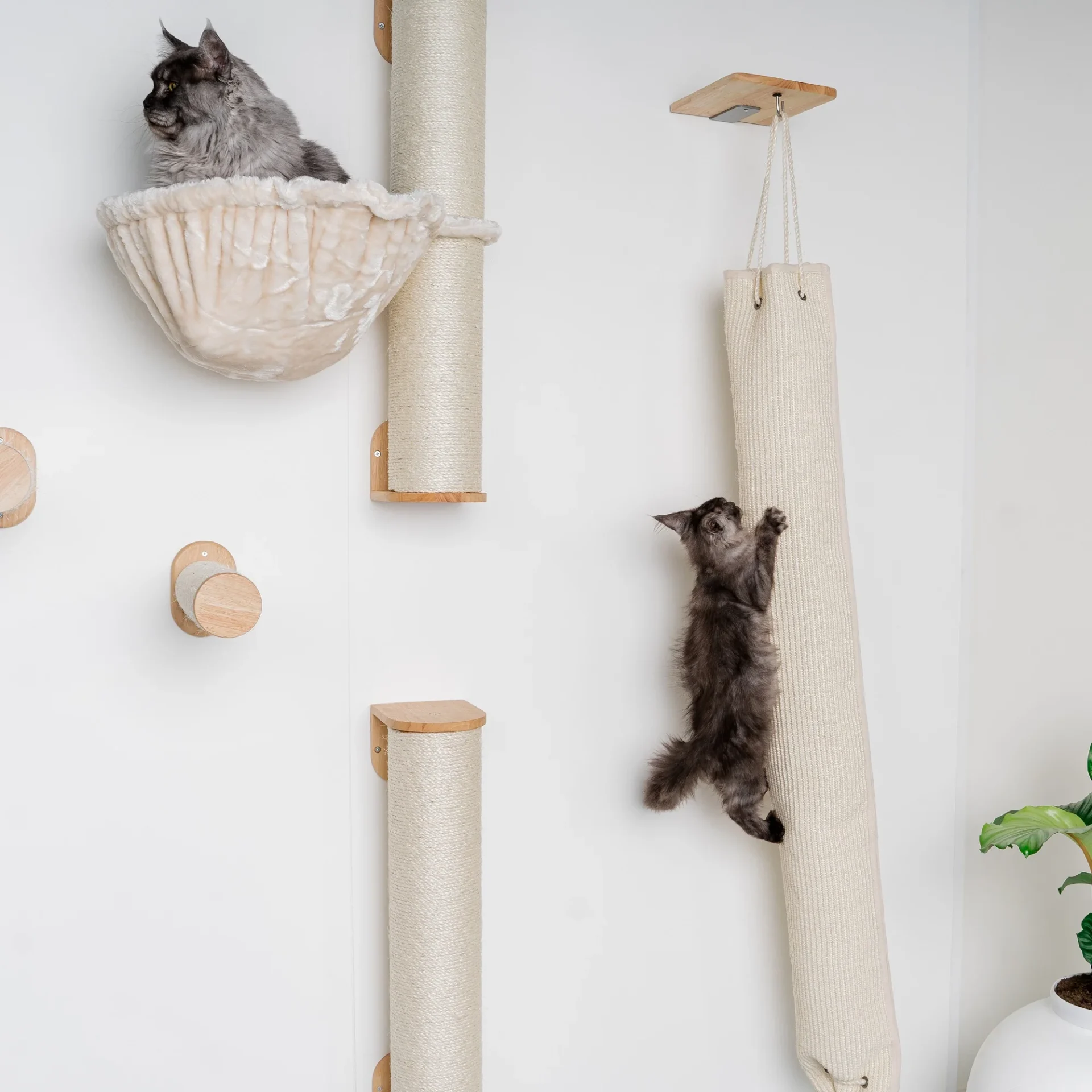
Climbing Structures
Cats love to climb and perch. Providing cat trees, shelves, or other vertical spaces allows them to explore and exercise. These structures also cater to their natural instinct to climb, helping them feel more secure and content in their environment.
Playtime with Owners
Daily interactive play sessions with your cat are essential. Not only do they provide physical exercise, but they also strengthen the bond between you and your feline friend. Use toys like balls, strings, or interactive puzzles to engage them in play.
Mental Stimulation and Environmental Enrichment
Importance of Mental Stimulation
Creating a healthy home environment for your cat includes providing mental challenges. Mental stimulation is as important as physical exercise for a cat’s well-being. It helps prevent cognitive decline and keeps your cat engaged and happy.
Puzzle Feeders and Treat Dispensers
Puzzle feeders and treat dispensers are excellent tools for mental stimulation. They require your cat to work for their food, mimicking the hunting process and providing a satisfying mental challenge.
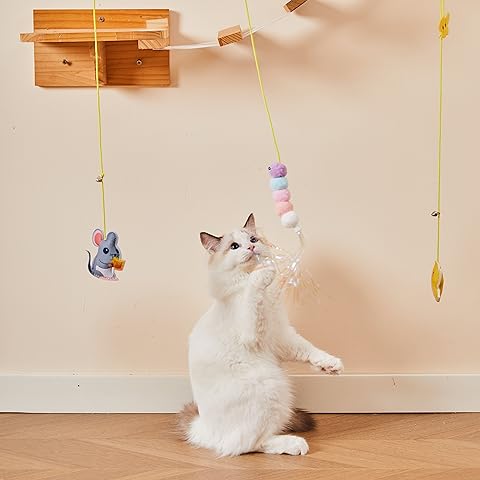
Sensory Enrichment
Cats are highly sensory animals. Enrich their environment with a variety of textures, scents, and sounds. Catnip, silvervine, and interactive toys with different textures can keep your cat engaged. Playing soft music or nature sounds can also provide a calming atmosphere.
Window Perches and Outdoor Access
Creating a healthy home environment for your cat can also include providing access to safe outdoor spaces or window perches. Watching birds or other wildlife can provide hours of entertainment and mental stimulation. If possible, consider building a catio (cat patio) to allow your cat to enjoy the outdoors safely.
Creating a Safe and Comfortable Living Space
Importance of a Safe Environment
Creating a healthy home environment for your cat means ensuring their living space is safe and comfortable. A secure environment helps prevent accidents and reduces stress, contributing to your cat’s overall well-being.
Safe Spaces
Provide multiple safe spaces where your cat can retreat when they need some quiet time. These can be cozy beds, hideaways, or covered cat condos. Ensure these spaces are in low-traffic areas of your home.
Litter Box Management
Litter box hygiene is crucial. Keep the litter box clean by scooping it daily and changing the litter regularly. The general rule is one litter box per cat, plus one extra. Place litter boxes in quiet, accessible locations to encourage use.
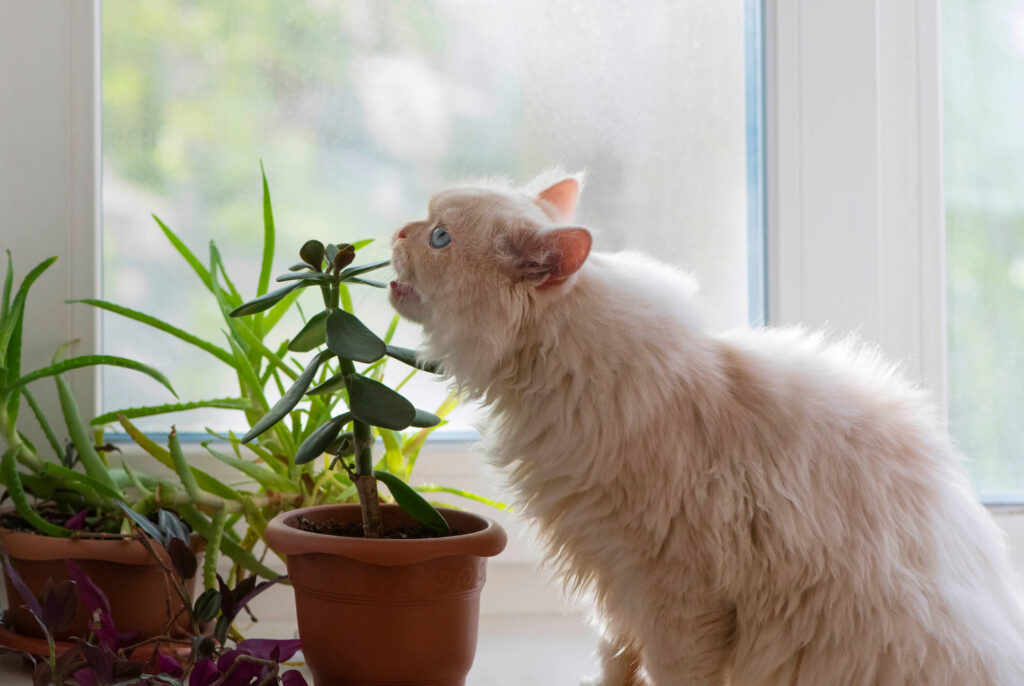
Toxic Plants and Household Items
Creating a healthy home environment for your cat involves removing toxic plants and securing hazardous household items. Many common plants, such as lilies, are toxic to cats. Ensure cleaning supplies and medications are stored out of reach.
Temperature Control
Cats are sensitive to temperature changes. Ensure your home maintains a comfortable temperature, particularly in extreme weather. Provide warm beds in winter and cool resting spots in summer.
Health and Hygiene Practices
Regular Vet Visits
Creating a healthy home environment for your cat includes regular veterinary check-ups. Annual or bi-annual vet visits help monitor your cat’s health and catch any potential issues early. Vaccinations, dental check-ups, and routine blood work are essential components of preventive care.
Grooming
Regular grooming is crucial for your cat’s health. Brush your cat’s fur to reduce shedding and prevent matting, especially for long-haired breeds. Trim their nails regularly and check for any signs of parasites like fleas or ticks.
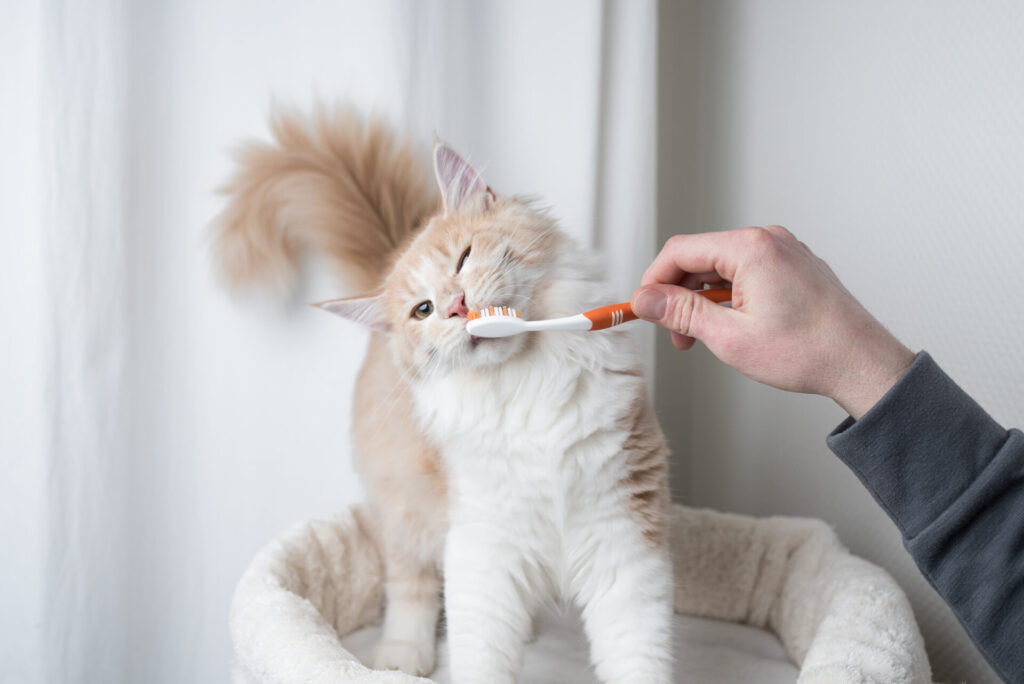
Dental Care
Dental health is often overlooked but is vital for overall well-being. Brush your cat’s teeth regularly with cat-specific toothpaste. Provide dental treats and toys designed to help clean their teeth and reduce plaque buildup.
Parasite Control
Fleas, ticks, and worms can cause significant health issues. Use vet-recommended preventive treatments to protect your cat from parasites. Regularly check for signs of infestations and consult your vet if you notice anything unusual.
Conclusion
Creating a healthy home environment for your cat is a multifaceted task that involves providing proper nutrition, exercise, mental stimulation, a safe living space, and regular health care. By addressing each of these areas, you can ensure your cat leads a healthy, happy life. Remember, a well-cared-for cat is not only healthier but also more content and affectionate.
In conclusion, the effort you put into creating a healthy home environment for your cat will be rewarded with a loving, playful, and healthy feline companion. By focusing on their needs and providing a nurturing environment, you are giving your cat the best possible life.



